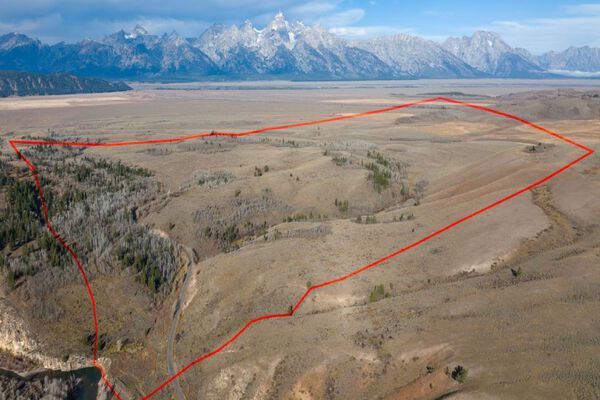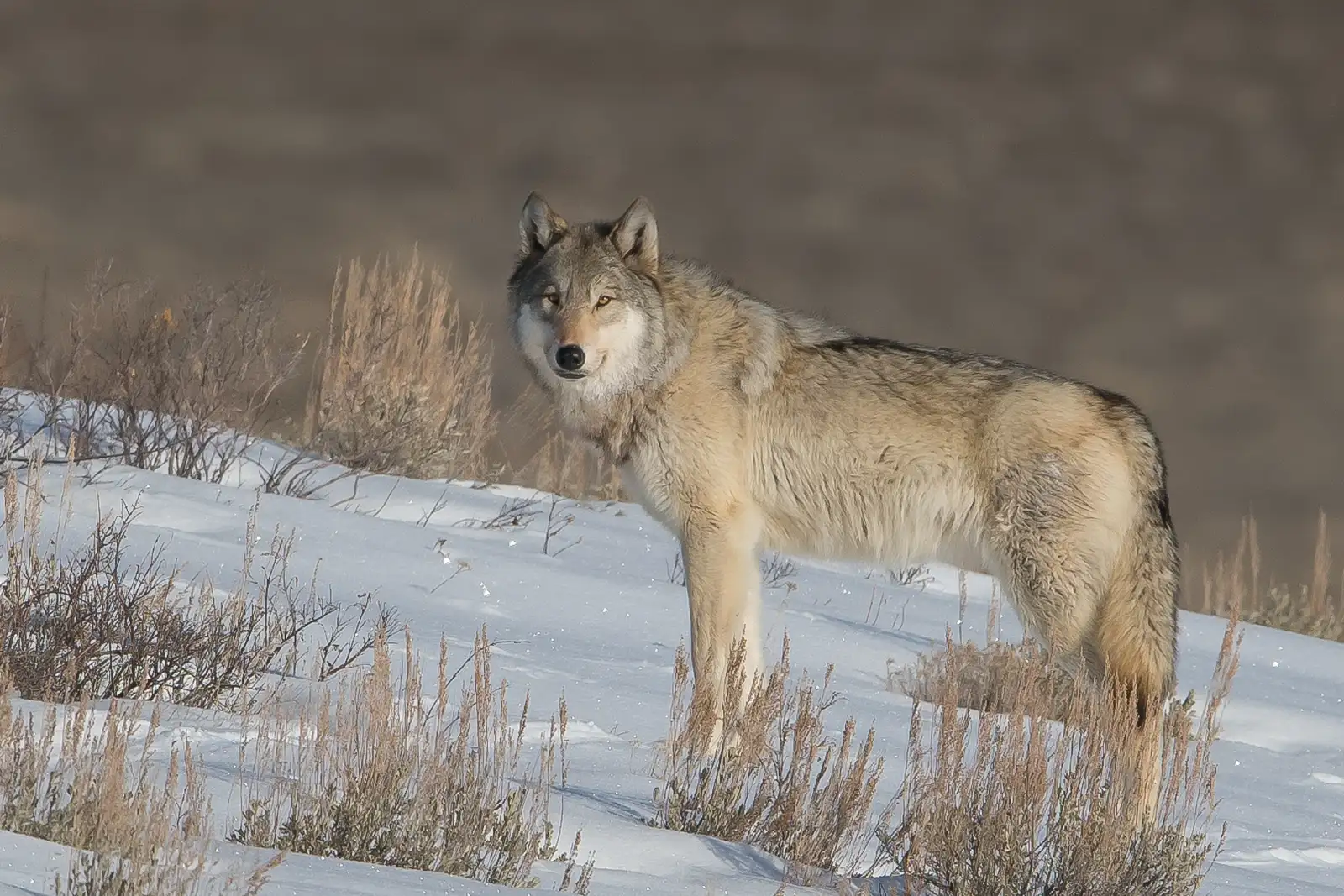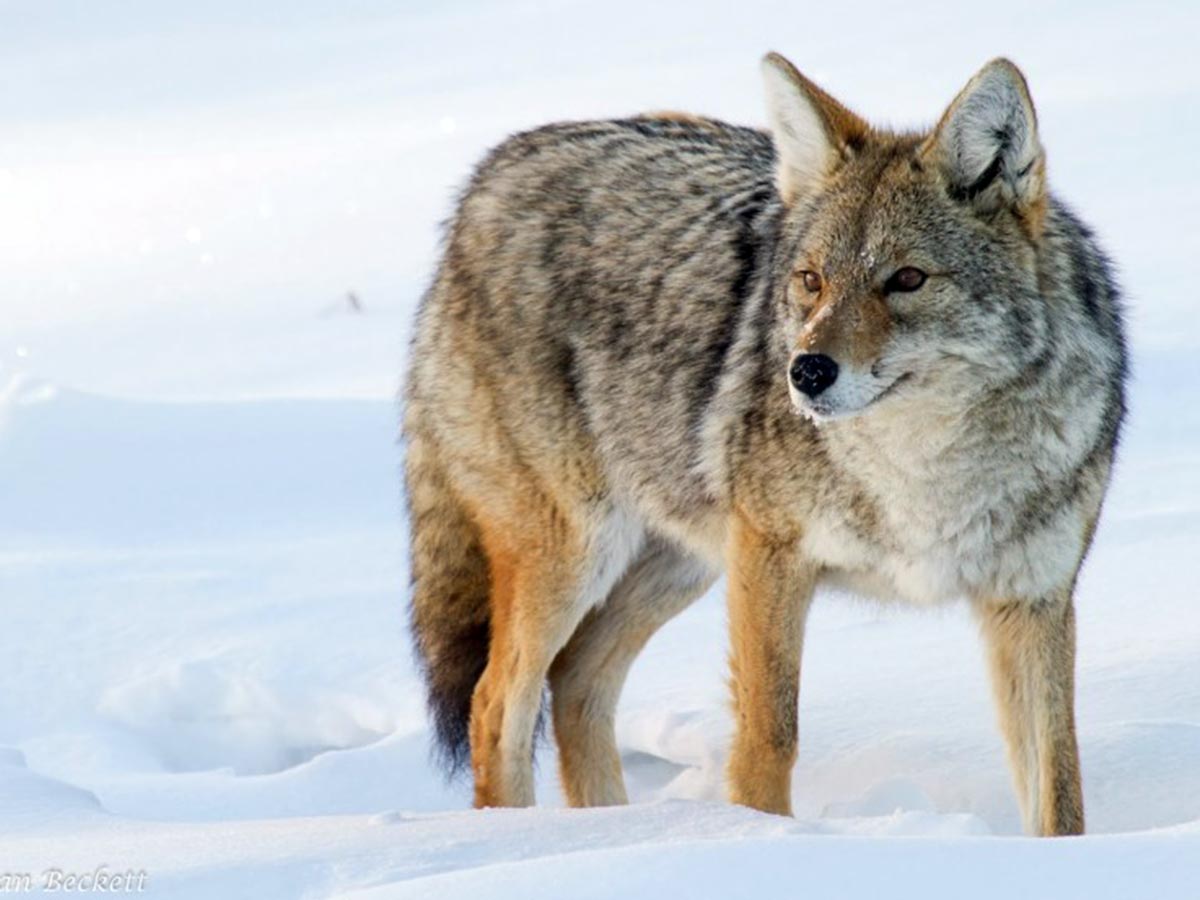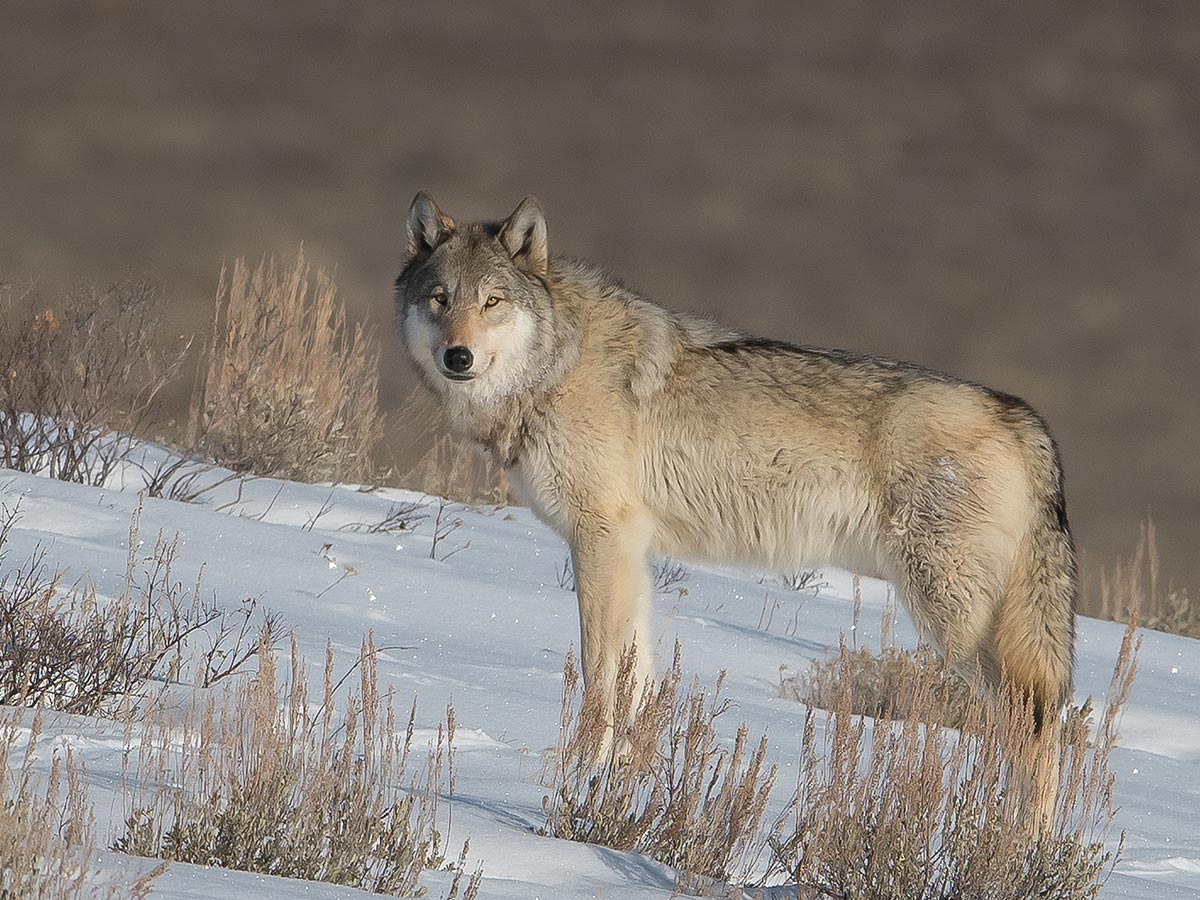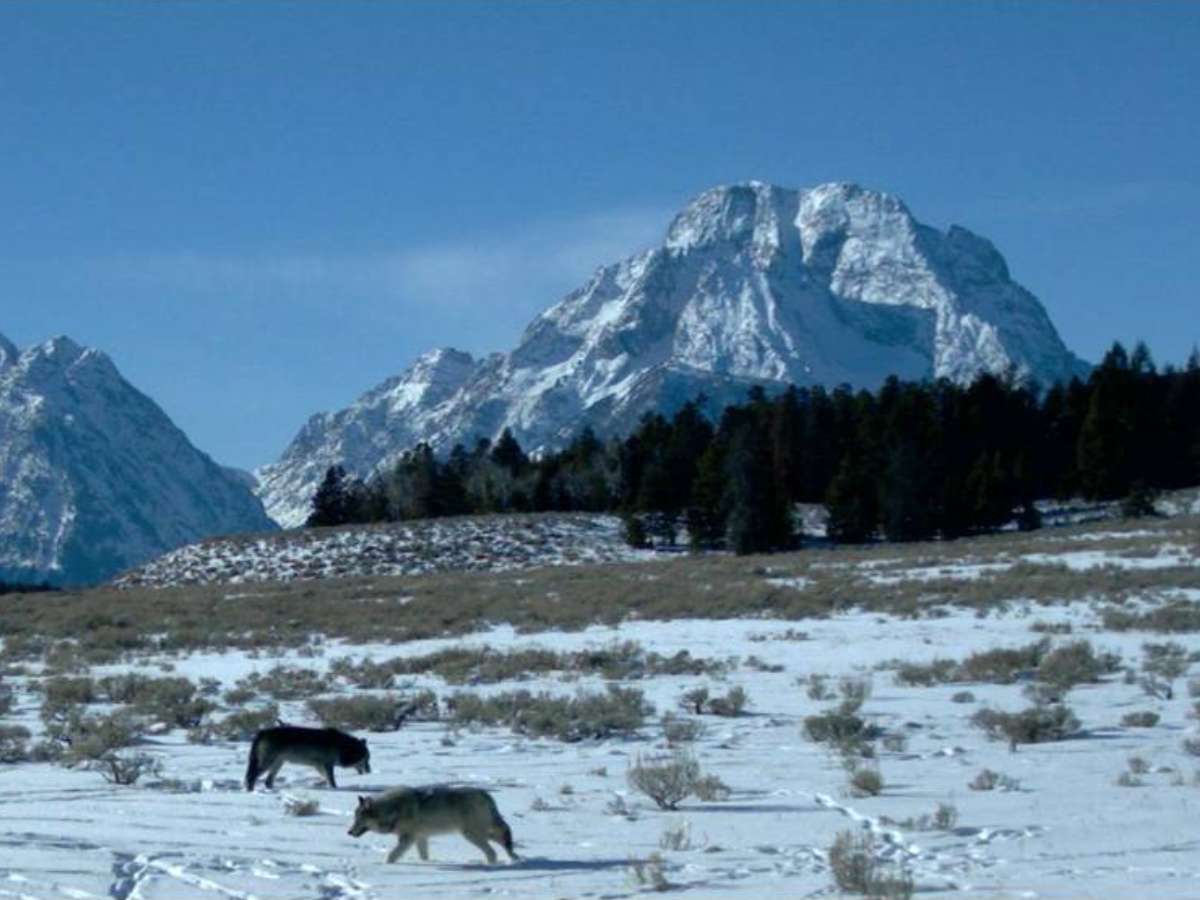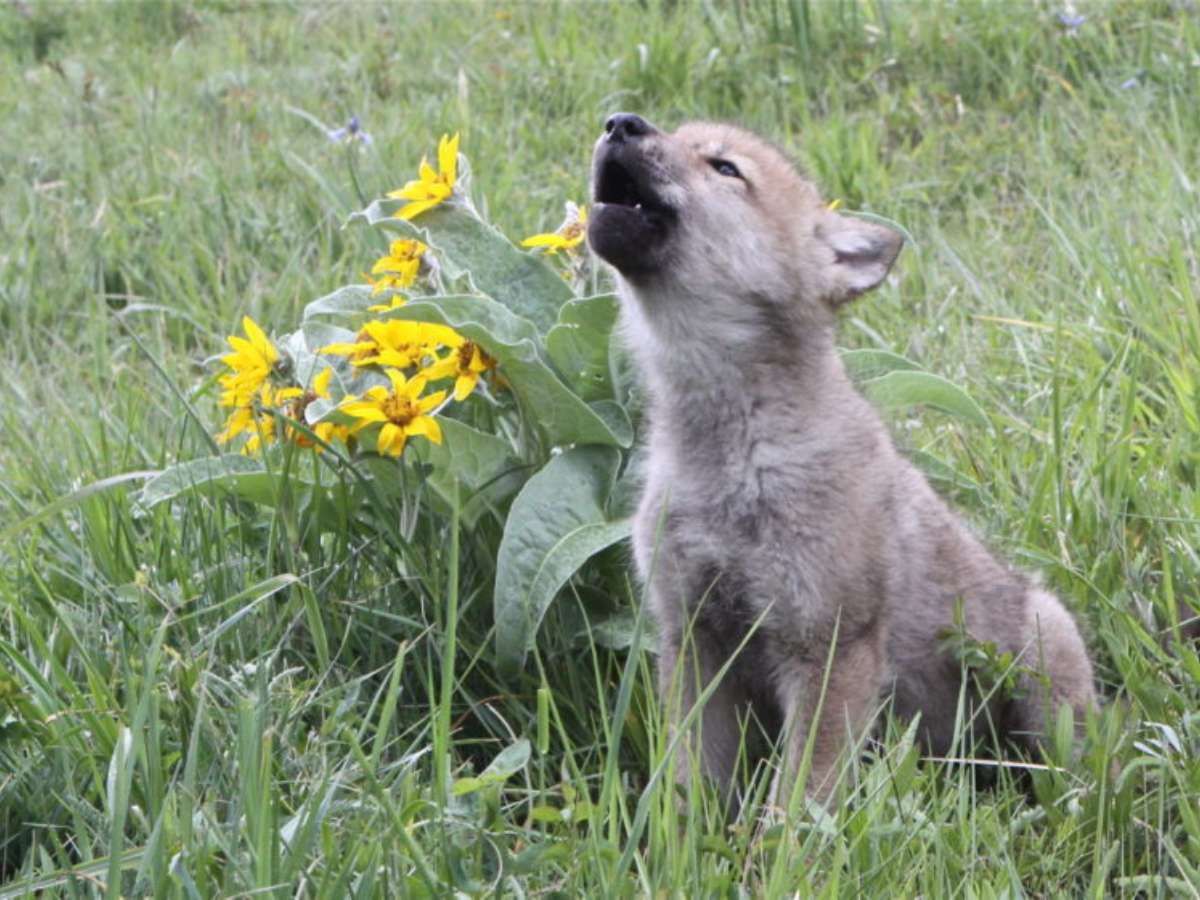STATUS AND ECOLOGY OF GRAY WOLVES:
Applying Science to Long-term Conservation
Reintroduced to Yellowstone National Park in 1995 and 1996, wolves quickly discovered the ecological riches of GTNP and have been breeding there since 1998. Park wolves are part of a network of about five packs, on average, within the upper Snake River drainage north of Jackson. Funding from GTNPF supports the long-term monitoring of a variety of demographic parameters and conservation actions. Monitoring wolves helps biologists assess the status of the population and evaluate the effects of human activities on wolf movements, distribution, and denning areas within the park.
To help expand the knowledge of local wolf population dynamics and their influence on ecological systems, the park uses GTNPF funds to help leverage partnerships with additional funding from academic institutions. Most recently, graduate students from UC Berkeley are using long-term data sets to examine wolf predator-prey dynamics, including the effects of humans and developed areas on wolf predation of elk in and around the park. These partnerships develop young professionals in the field of wildlife conservation and provide critical information for the development of science-based conservation strategies for carnivores and other large mammals in GTNP.









